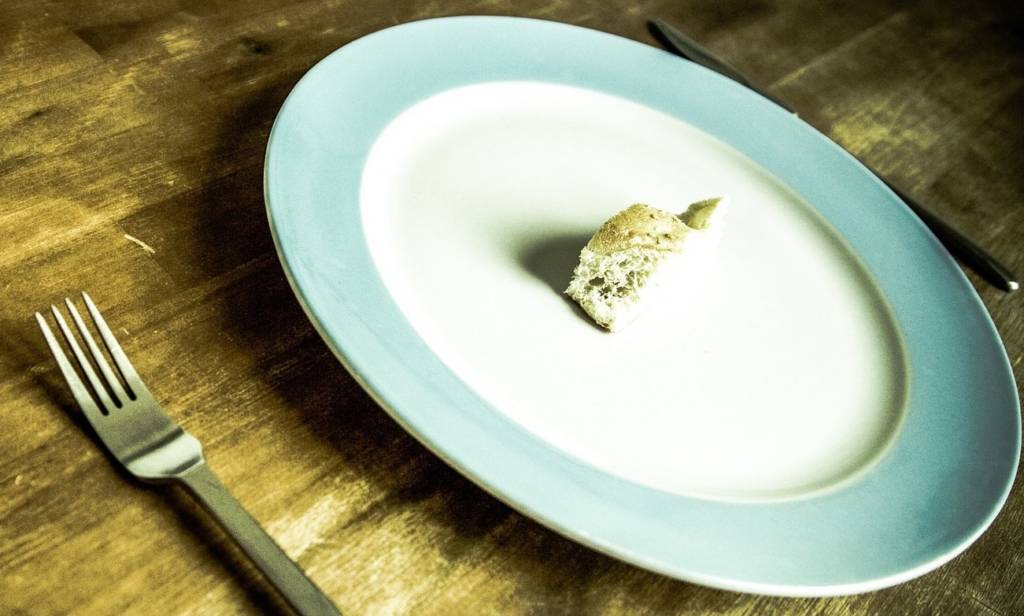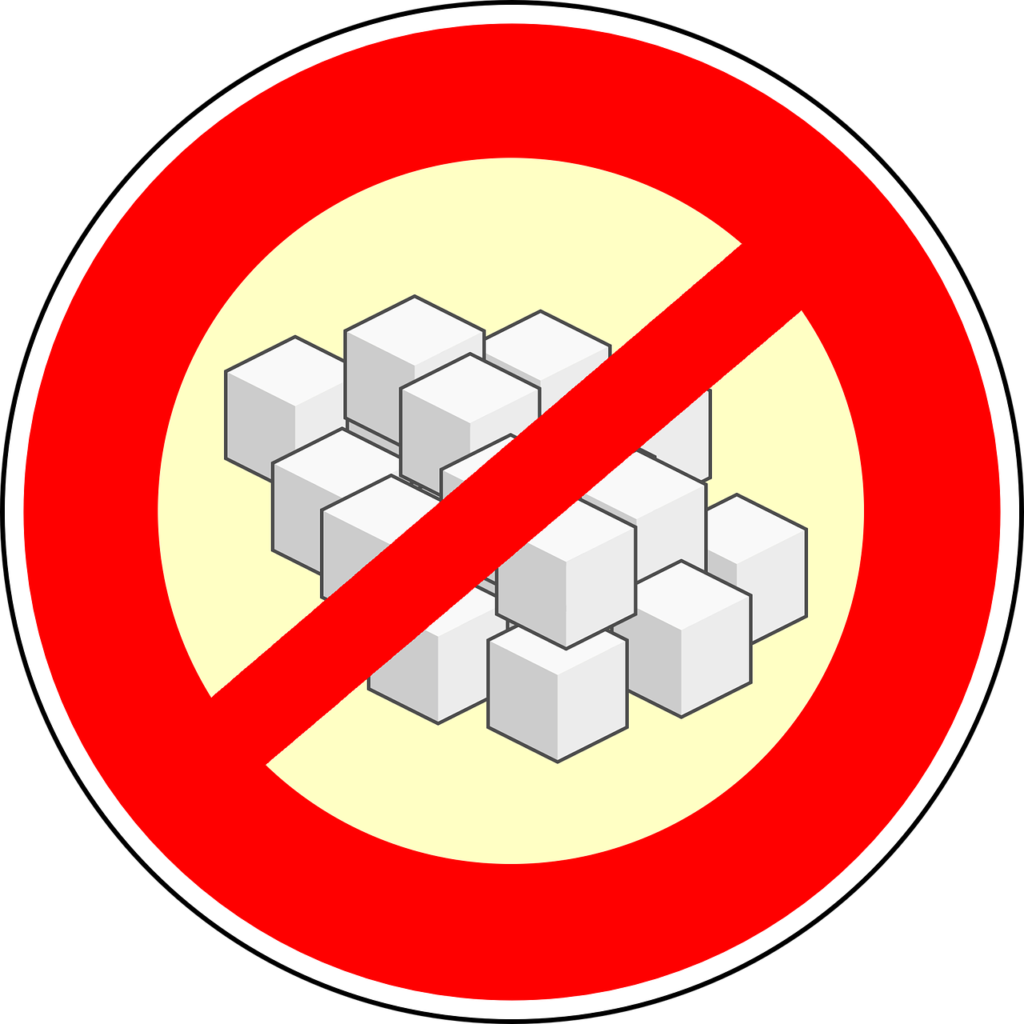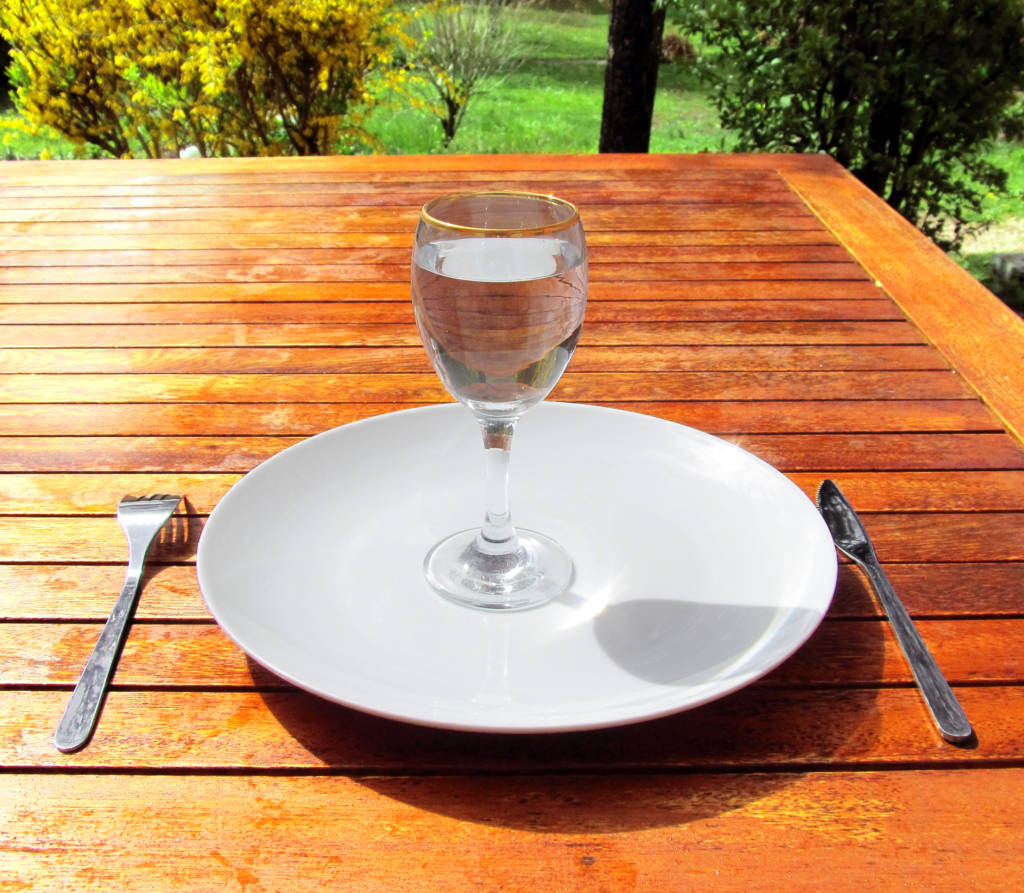Although I grew up north of the Mason-Dixon line, I ate like a Southern boy. My mom was raised in the heart of the South, and her cooking reflected that. Just recalling those meals makes my mouth water even today. I’m old enough that my youth was a time before everyone was health-conscious about the food they ate, but my mom cooks pretty much the same way today. Food is an important part of Southern culture, and its traditions are not easily changed, no matter what the USDA or HHS might say.
But Southern cooking wasn’t my only dietary issue growing up. My family lived across the street from a convenience store, and those were the days when you could return a glass soda bottle to the store for a 10-cent refund. Next to the convenience store were some woods, where my brother and I would scour the ground for thrown-away bottles. Most days we could find a few. So we’d collect them, turn them in, and with the money buy a Mountain Dew—the favorite drink of young boys everywhere. We often consumed four or five 16 oz. bottles of Mountain Dew a week. My parents had no idea.
With these dietary habits, you might think I was an overweight kid who had trouble fitting into his prom tux. In fact, the opposite was true. I ran Cross Country and Track and did weightlifting on the side. As a 5’10” senior in high school I weighed only 135 lbs and had less than 10% body fat. So to my mind, there was little connection between diet and health.
Creeping into Unhealthiness
As I entered my 20’s I continued to give little thought to my diet. After all, I felt great and was still pretty slim. Sure, college put a few pounds on, but being around 150 lbs isn’t something to worry about. So I continued to drink lots of Mountain Dew, and didn’t mind swinging by McDonald’s when I was in a rush.

When I got married and entered the work world, my diet did improve at home (my wife’s cooking was far superior to my bachelor, Ramen-based meals), but I still drank lots of soda and ate more fast food than I should have. I had a desk job, so my physical activity dropped precipitously. However, I didn’t have any health problems, and while my weight slowly crept up (now closer to 160 lbs), I wasn’t concerned. I saw no reason to change my lifestyle choices. A lunchtime stop or two at McDonald’s became part of my weekly routine.
Then I hit my 30’s. Or perhaps it’s more accurate to say they hit me. My weight no longer crept up, it galloped. I entered the 170’s with little resistance and my body had its sights set on 180. I had less energy to get through the day (which increased my Mountain Dew habit). After a physical for a life insurance policy I learned that my triglycerides were through the roof. Before the physical I didn’t even know what a triglyceride was, but I found that maxing out on them wasn’t a good thing. I realized I would have to make some changes. The first thing I did was stop the trips to McDonald’s and switch from Mountain Dew to Coke. Not exactly radical, but it was a step.
However, my weight kept going up and I didn’t feel “right” most of the time, so I knew I had to take more drastic measures.
Attempt #1: Changing How Much I Ate
Like most people who want to lose weight, my first attempt involved eating less. Makes sense, right? Just discipline yourself and cut the amount of food you eat and your weight/health problems will be solved. So I significantly reduced my calorie intake. This mostly involved eating a very small lunch (perhaps a handful of peanuts), and a more reasonably-sized breakfast and dinner. I didn’t change what I ate, just how much. At first, I thought I’d licked the problem. My weight dropped pretty quickly and I was down to around 160 in a month or so. Problem solved!

Um, not so much. After the rush of the first month, I found my energy levels were very low and I was hungry most of the time. What I didn’t know then, but know now, is that my metabolism had adjusted based on my new routine. My body was burning fewer calories each day in response to my lower caloric intake. This left me energy-deficient, my body constantly screaming, “I don’t like this—go back to your old routine!” Well, I’m not one to argue with my body, so that’s exactly what I did. My eating routines went back to normal, and my weight went back to “normal” as well: 180+ lbs.
I soldiered on as before, getting through my late 30’s without any changes in my eating habits. But you know how I said my 30’s hit me? Well, my 40’s steamrolled me. My weight went up to the low 190’s. I became more lethargic, even depressed. I had almost constant “brain fog.” I started having digestive issues. Eventually I was diagnosed with “reactive hypoglycemia”—when I ate something sugary I became light-headed and even dizzy due to my pancreas freaking out.
I knew I had to make some radical changes.
Attempt #2: Changing What I Ate
Since my earlier attempt to cut down on calories ended in abysmal failure, I decided to take a different tack this time. Instead of controlling how much I ate, I would control what I ate. I cut out all sugar (including soda!) and gluten from my diet. At first, the results were remarkable. I had loads of energy, my brain fog disappeared, and my stomach settled. I lost over 20 pounds (down to the high 160’s). Success!

Unfortunately, like my first attempt, this success was short-lived. After perhaps three months my symptoms returned and my weight began to creep back toward 180. I was disappointed and a bit frustrated. Why didn’t this help more? Now to be clear, removing sugar and gluten did help. Since eating either caused immediate light-headedness, avoiding them eliminated that problem. But my more fundamental health problems lingered, and I couldn’t get my weight down to a healthier level.
Eventually I was diagnosed with “pre-diabetes.” Like the name suggests, this is essentially a step on the way to Type II diabetes. Keeping my blood sugars in control became a constant battle, and I found I had to eat every few hours or else risk ravenous hunger and dizziness. So my schedule became breakfast at 8, snack at 10, lunch at noon, snack at 3, dinner at 6, and snack at 9. I still felt awful most of the time, but this seemed to keep the food crashes at bay. I went to multiple doctors, and everything “checked out.” None of the doctors even broached the topic of diet. I felt that I had hit a dead end. Then I saw a friend on Facebook post about something called “Intermittent Fasting.”
Attempt #3: Changing When I Ate
First, a quick explanation of what Intermittent Fasting (IF) is. It simply means not eating for some set amount of time each day. Instead of “grazing” for six meals a day (as I was doing), you only eat in a certain window during the day. The most common schedule is called the “16:8 plan,” which means you don’t eat for 16 hours, then you have an 8-hour eating window each day. For example, you would eat your last meal of the day at 6 PM, and then not eat at all until 10 AM the next day. Variations include 18:6 and 20:4 plans, eating only one meal a day (OMAD), and alternate day fasting.
When I first ran across the concept of IF, I dismissed it as personally untenable. After all, I couldn’t go even a few hours without eating during the day without significant side effects. As a Catholic, I’m required to fast on Ash Wednesday and Good Friday each year, and I even exempted myself from these fasts due to health reasons. So I never considered IF.

But in my friend’s Facebook post, I noticed that someone mentioned being pre-diabetic and wondering if Intermittent Fasting was doable for him. My friend said IF was not only doable, but could improve his condition. This intrigued me, because my biggest issue wasn’t being overweight (although I was), it was the symptoms that kept dragging me down—low energy, brain fog, and digestive problems. Perhaps IF could help me with them?
I ended up devouring research on Intermittent Fasting: books, journal articles, YouTube videos. It seemed like a lot of people had success with IF for weight loss, but also many found that the very symptoms I had lessened and even disappeared while on IF.
During my research I noticed that a lot of people doing IF were also on something called the “Keto Diet.” Essentially, this is a variation of the Atkins diet, in which one eats a very low quantity of carbohydrates, moderate amounts of protein, and higher levels of fat. The Keto diet was intriguing to me because I discovered that carbs spike insulin much more than protein or fat does. Even after cutting out sugar and gluten I still consumed a lot of carbs in the form of rice, potatoes, corn, and tree fruit (and Fritos!). But since I was pre-diabetic, lowering my insulin levels would be beneficial to me. So along with starting IF, I also went on the Keto diet.
I stepped into IF gradually, only fasting for 14 hours at a time. This meant eating dinner at 6 PM, then not eating until 8 AM the next day. That might not sound too difficult, but for someone who ate every few hours every day like me, it was a challenge. However, I found that the keto diet helped me with the fasting window tremendously. After a Keto meal I didn’t have the “crash” I had often experienced a few hours after eating, when I would get extremely hungry and weak. Soon my body adapted to my new routine, and I moved to 16:8, then 18:6, then finally to a 20:4 plan. Each day I now usually only eat between 2 PM and 6 PM.
The initial results, much like my previous two attempts, were amazing. In fact, they were even better than those attempts. Within three months my weight dropped to around 150 lbs (for the first time in over 25 years). My fasted glucose levels went under 100 mg/DL, which means I’m no longer pre-diabetic. Most importantly, my issues with low energy, brain fog, and stomach problems all completely disappeared.
Sustaining Success
As I mentioned, my first attempt to change my eating habits, which was essentially a severe calorie-restriction plan, was not sustainable. After a month or so, my metabolism had adjusted and I couldn’t stay on the reduced calorie plan. However, Intermittent Fasting, at least in the four months I’ve been doing it, has been completely sustainable. In fact, I’m surprised at how easy it is. After my dinner I feel fully satisfied, and I don’t start getting hungry again until around noon or 1:00 the next day—about an hour or two before I eat. And my hunger isn’t ravenous, it’s just a reminder that I should eat soon. Keeping to an IF schedule—whether it be 20:4 or 18:6 or 16:8—isn’t a pie-in-the-sky ideal. It can be as simple as skipping breakfast and not eating after dinner.
My second attempt to change my eating habits, while partially successful, didn’t bring lasting change because it wasn’t radical enough. Although it cut out sugar and gluten, it didn’t cut out carbohydrates, which I believe were a big culprit in my health issues. More importantly, it didn’t address my eating schedule. I was constantly spiking my insulin by eating every few hours. My body had no opportunity to rest; I was running on the sugars found in the foods I ate, instead of burning fat.
I’m convinced Intermittent Fasting, as well as the Keto diet, is a major piece of the puzzle to solving my various health issues. By controlling when I eat, along with what I eat, my body is able to take time each day to rest and recover. Instead of having to deal with digesting food (with its corresponding insulin spikes) almost 24/7, my body can spend time each day rejuvenating and healing itself, which gives me more energy and makes me feel better.

